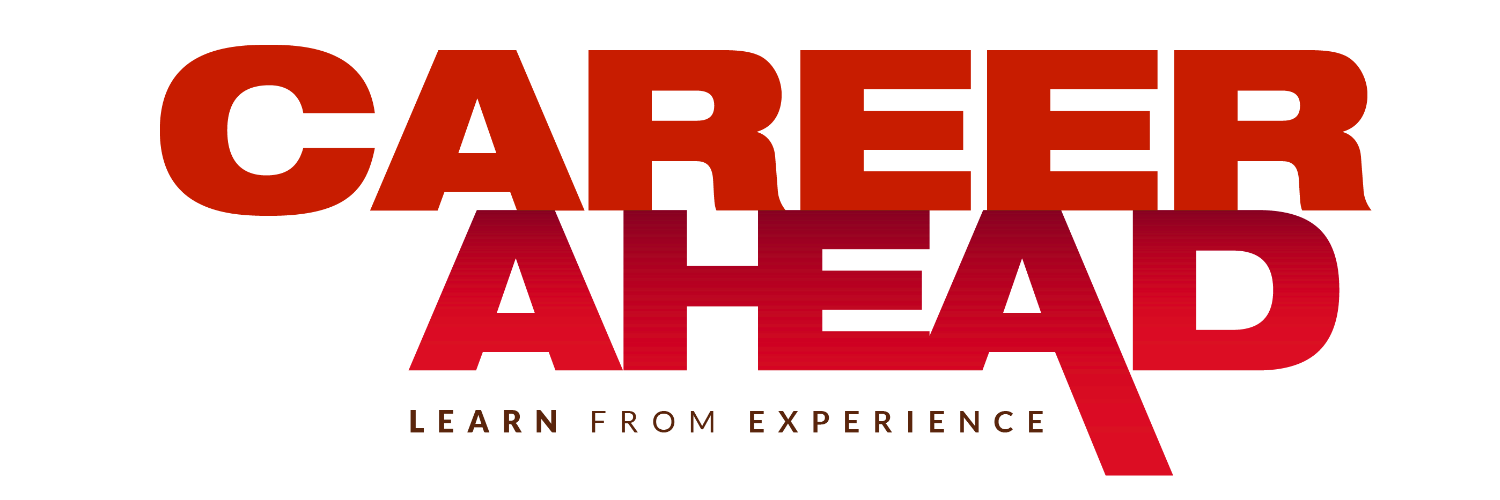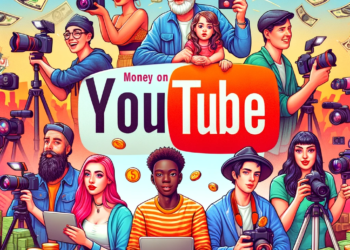No products in the cart.
FAQs on NFTs
“NFTs are digital collectibles, just as people collect physical objects of value such as coins, art, baseball cards. An NFT is a certificate of authenticity for digital assets – which can include art, music, video clips such as sports highlights, or even tweets – validated by blockchain”
What is NFT?
NFT is an acronym for Non-Fungible Token. A Non-Fungible Token or NFT is a digital item which can be created, bought, and sold in an open market. NFTs are owned and controlled by individuals and do not require the support or permission of any centralized authority or organization. The key characteristic of an NFT is that it is a distinct proprietary asset and cannot be exchanged for any other NFT, unlike Bitcoin, Ethereum or other cryptocurrency. Each NFT is a token that is encrypted on the blockchain network.
NFTs are digital collectibles, just as people collect physical objects of value such as coins, art, baseball cards. An NFT is a certificate of authenticity for digital assets – which can include art, music, video clips such as sports highlights, or even tweets – validated by blockchain.
What is the difference between NFTs and cryptocurrency?
Cryptocurrency, such as Bitcoin, is ‘fungible’ or ‘exchangeable’ – meaning that one Bitcoin can be exchanged with another, without making any difference to the owner. This is not the case with NFTs, as each one is unique and irreplaceable. While blockchain was initially developed to support assets such as Bitcoin and other cryptocurrency, it is has now evolved to enable users to create unique non-fungible assets.
How do NFTs work?
Blockchain allows users to create unique crypto assets which are non-fungible, that is, which cannot be replaced. Creators of unique digital artifacts can capture information of relevance to their digital creations and store them as tokens on the Ethereum blockchain, enabled by the ERC721 token standard. The ERC721 was built with the intention of setting the technical standard for non-fungible tokens on the Ethereum blockchain. It tracks ownership and movements of individual tokens in the block, thereby enabling the chain to recognize the non-fungible tokens. The famous CryptoKitties project was the first to use the ERC721 technical standard.
What is the reason behind its current popularity?
NFTs entered the mainstream in 2017 with a project called CryptoKitties, a virtual game based on blockchain in which players could adopt, raise, and trade virtual cats. 2018 and 2019 saw huge growth in the NFT ecosystem, with NFT marketplaces flourishing and trade volumes growing. Earlier this year, the sale of digital artwork “Everydays: The First 5,000 Days”, by digital artist Mike Winkelmann, also known as Beeple, at Christie’s Auction House for a record USD 69.3 million was the first ever sale of a digital artwork by a major auction house.

One likely factor behind the rising popularity of NFTs may be the increase in recreational investing during the pandemic. As most such exchanges accept cryptocurrencies, this meets the demand of individual investors with stockpiles of cryptocurrency who are looking for entertaining avenues to spend it on, which also have the potential to help create money in the future.
What are the benefits of NFT?
The historic auction of Beeple’s digital artwork was not only a landmark moment for all digital artists, and those involved with NFTs, but also has huge implications for all kinds of artists who are creating today. Crypto art can finally resolve the problem of artists getting paid, as NFTs can be programmed to pay royalty to the creator every time the collectible is sold.
Though it has come far from its early days, the NFT market is still growing and evolving. The next year is likely to see much innovation and further developments. NFT has immense potential to create value in the physical world as well, by setting clear and secure ownership standards. The removal of intermediaries makes the option of transacting with NFTs desirable, affordable, and fast.
Where can someone create, buy, and sell NFTs?
Firstly, a creator would have to decide which blockchain they would use to create their NFTs. Each blockchain has its distinct NFT token standard, compatible wallet services and marketplaces. To mint your own NFT artwork, videos or music on the Ethereum blockchain (which currently has the largest NFT ecosystem) you would need an Ethereum wallet that supports the ERC-721 token standard, and USD 50-100 in ether (ETH). Thereafter, one can choose from a number of platforms / marketplaces – such as OpenSea, Rarible, Mintable – which allow the user to connect their wallet and upload any image or file that is to be turned into to turn into an NFT. Some other popular NFT marketplaces are SuperRare, VIV3, BakerySwap, and NFT ShowRoom.
- The article was originally published in Career Ahead April 2021 issue.
Author
-

Career Ahead, the flagship handle of Career Ahead Magazine, is dedicated to molding the next generation of professionals and entrepreneurs. Our mission is to educate and inspire today's ambitious minds to become the icons of tomorrow. As the ultimate tool and resource, we cater to young students, budding entrepreneurs, and innovative startups, providing them with the knowledge and inspiration needed to navigate their paths to success. Through in-depth articles, insightful analysis, and inspiring stories, Career Ahead empowers its readers to forge their futures in the ever-evolving world of work and enterprise.
View all posts












